Hand held density meters are very useful tools. You can take them with you and perform any of these 12 tasks.
| 1) | Density | 5) | API | 9) | Baume |
| 2) | Comp. Density | 6) | Brix | 10) | Plato |
| 3) | SG(t/t) | 7) | Alcohol | 11) | Proof |
| 4) | SG | 8) | H2SO4 | 12) | Conc. |
(1) Measurement of density
(2) Measurement of temperature compensated density
(3) Measurement of specific gravity; Measurement of true specific gravity at displayed measurement temperature
(4) Measurement of specific gravity temperature compensated; Measurement of true specific gravity at preset temperature
(5) Measurement of API degree; Measurement of density or API degree compensated in temperature to 15 degree C or 60 degree F for the product group A, B or D.
Selection of temperature, 15 degree C or 60 degree F, will be automatically made when setting the temperature unit. Product group A: Crude oil
[Measurement of density: API A (Density) Product group B: Fuel, Petroleum products
[Measurement of density: API B (Density) Product group D: Lubricant
[Measurement of density: API D (Density)
(6) Measurement of Brix concentration
Measurement of API degree: API A (Degree)] Measurement of API degree: API B (Degree)] Measurement of API degree: API D (Degree)]
Measurement of Brix concentration (sucrose concentration expressed in weight %) based on density at 20 degree C
(7) Measurement of Alcohol concentration
Measurement of alcohol concentration of Ethanol/Water mixed system in wt % or vol % at 15 degree C or 20 degree C calculated from the density at the measurement temperature. When setting of temperature unit is Fahrenheit
Measurement of alcohol concentration of Ethanol/Water mixed system in wt % or vol % at 60 degree F calculated from the density at the measurement temperature.
(8) Measurement of sulfuric acid concentration
Measurement of sulfuric acid concentration in weight % from density measured at 20 degree C
(9) Measurement of Baume degree
Measurement of Baume degree at converted temperature from density value measured at the measurement temperature
(10) Measurement of Plato degree
Measurement of Plato degree at 20 degree C from density obtained at measurement temperature
(11) Measurement of Proof degree
Measurement of Proof degree at 60 degree F from density obtained at measurement temperature Proof degree is one of the units for alcohol content, and there is US Proof and British Proof
Proof (US) : Measure in US Proof unit (100v/v%=200 US Proof)
Proof (IP) : Measure in UK Proof unit (100v/v%=175 British Proof)
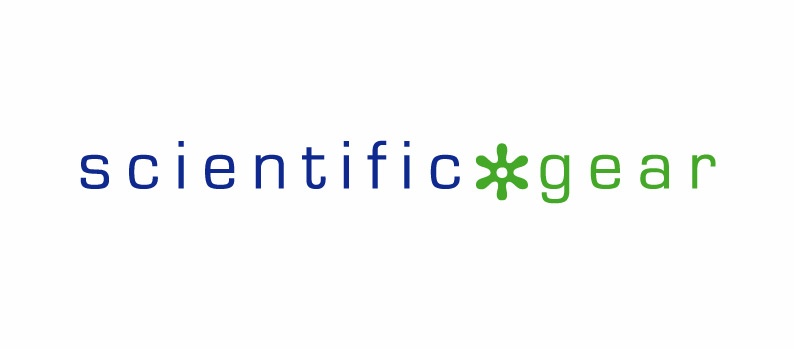
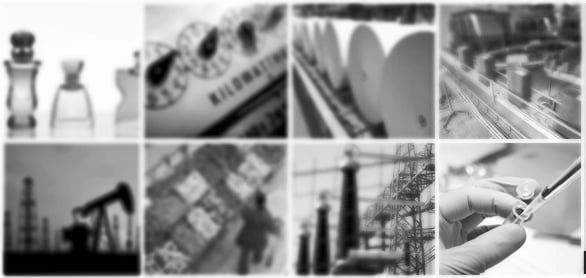


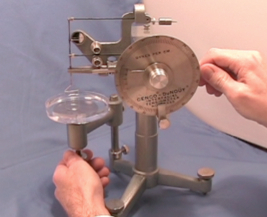
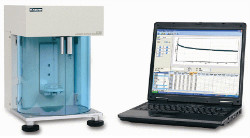

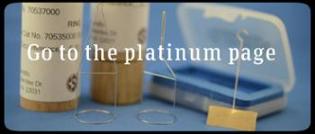

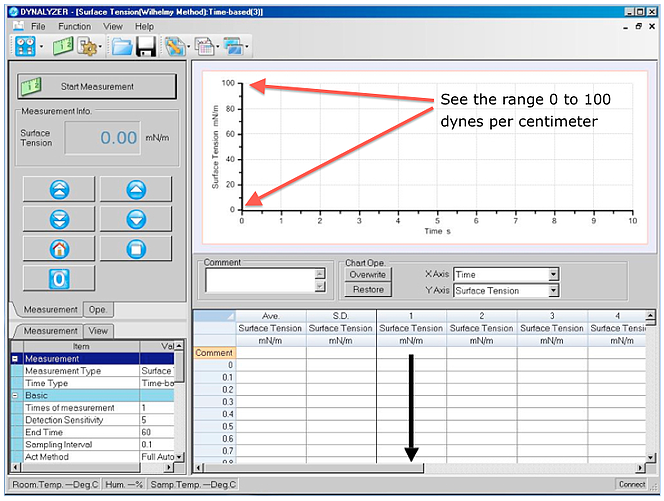






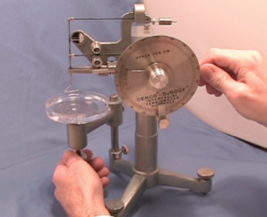






 We all know that surface tension affects our daily lives thru everyday applications like the ink you use in a pen, detergents for washing clothes, soap to clean your hands, paint for the house, just to name a few. But Surface tension is more involved in your life than you may think.
We all know that surface tension affects our daily lives thru everyday applications like the ink you use in a pen, detergents for washing clothes, soap to clean your hands, paint for the house, just to name a few. But Surface tension is more involved in your life than you may think.